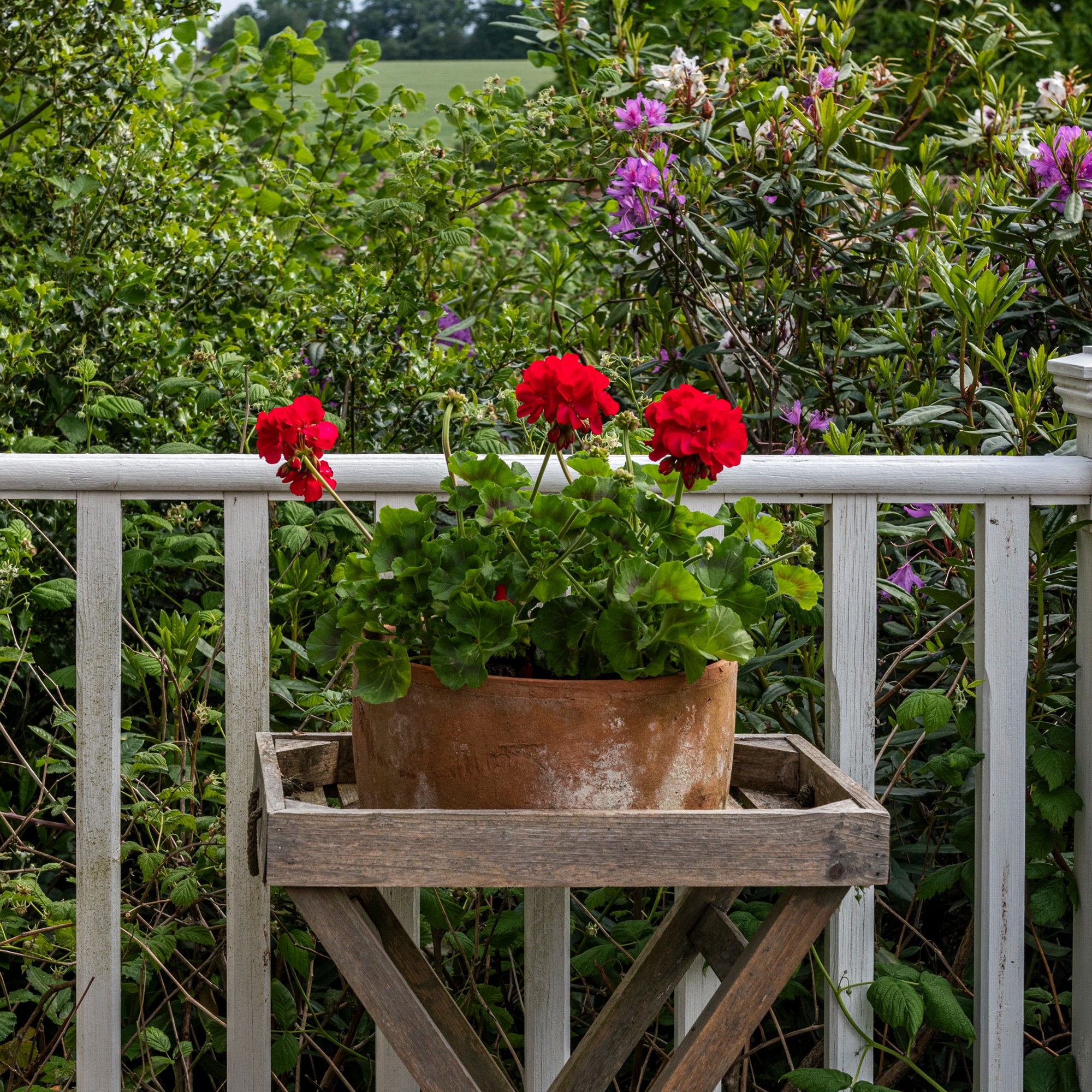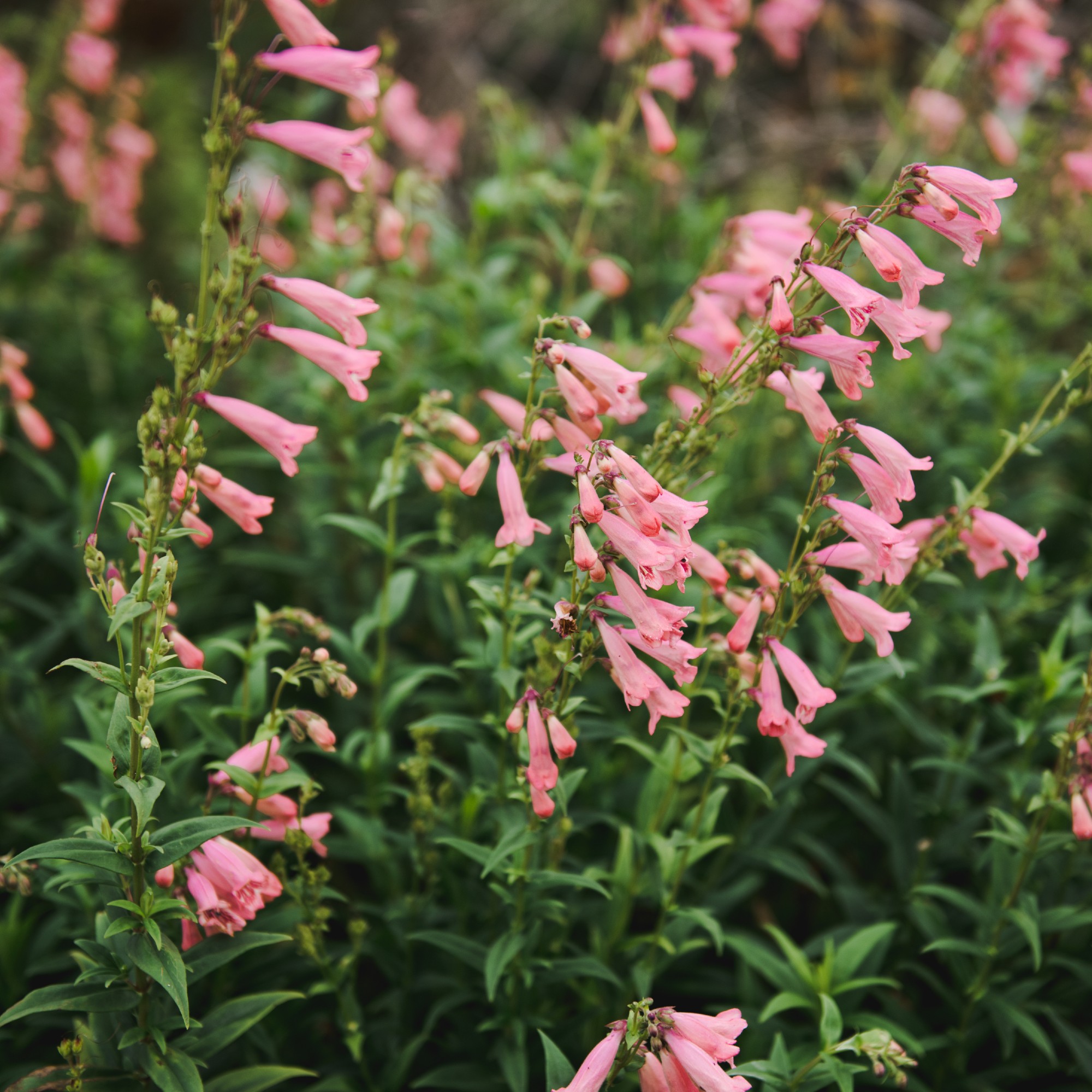10 plants to propagate in September – take these cuttings now to start building next year's garden for free
Propagation is one of the best-kept gardening secrets...


Sophie King
Did someone mention free plants? That's exactly what's waiting if you get familiar with the best plants to propagate in September.
There are still plenty of fruits, vegetables and flowers you can plant in September, but that isn't the only garden task you'll want to add to your to-do list. Some of the best plants to grow from cuttings start their journeys this month, and propagating them now will save you money on shop-bought plants next year.
We've rounded up the very best plants to propagate in September to help you get started.
What you'll need
1. Clematis

Knowing when to prune clematis is one thing, but learning to take semi-ripe cuttings this month will bag you free plants – and clematis is one of the best plants to propagate in September.
'Start by picking a healthy stem that's not too bendy or too stiff, and then snip off a section between leaf joints, removing some of the leaves,' says Julian Palphramand, head of plants at British Garden Centres.
You'll then want to dip the cutting in some rooting hormone like Westland Organic Rooting Powder, £4.99 at Amazon, before planting it in damp compost.
2. Fuchsias

Fuchsias are some of the flashiest flowers out there and can add a much-needed pop of colour to your garden. And while knowing how to prune fuchsias is key to keeping these plants happy and healthy, taking fuchsia cuttings can also help you grow even more for free.
Sign up to our newsletter for style inspiration, real homes, project and garden advice and shopping know-how
Joe Smith from Grumpy Gardener advises, ‘Take three-inch cuttings from the tips of shoots. Nip off the lower leaves and any flower buds and pop them around the edge of a pot filled with compost.'
Luckily, September is the prime time to propagate your fuchsias. And even if you don’t have any growing in your garden at the moment, you can buy established plants now, like the classic Fuchsia 'Tom Thumb' from Gardeners Dream, and propagate them in no time.
3. Lavender

By September, your lavender plants should have finished flowering, and you should take this as your opportunity to propagate lavender. There are many ways to do this, but taking lavender cuttings is generally considered the most effective method.
Morris Hankinson, managing director of Hopes Grove Nurseries, says, ‘Propagating lavender is easy and a great way to ensure you have more plants, especially if you have some which have become woody or are more susceptible to frosts. Remove non-flowered shoots from the current year’s growth, including a strip of bark.’

Morris Hankinson is the founder and managing director of Hopes Grove Nurseries Ltd, the UK’s only specialist grower-retailer of hedging plants. He established the thriving business in 1992, shortly after graduating with a Commercial Horticulture Degree from Writtle College, Essex.
4. Geraniums

There’s nothing better than growing geraniums in your garden. Ideal for hanging baskets or garden borders, they add colour and vibrancy. Plus, they’re extremely low-maintenance.
If you want to add even more geraniums to your garden for free next year, September is the time to propagate them. It can sometimes be difficult to overwinter geraniums, so it's handy to take geranium cuttings just in case.
Of course, you can also attempt to propagate geraniums in September by choosing not to deadhead them and collecting the seeds instead. Most experts would advise using cuttings instead, though.
5. Salvia

If you’re looking for plants to propagate in September and you're growing salvias, you're in luck. By taking salvia cuttings now, you can get a head start on next year’s garden and propagate them for even more beautiful blooms next year.
Morris advises, ‘Salvias can be propagated during September and October by cutting non-flowering stems beneath a note of about 10cm maximum, remove the lower leaves, dip in rooting hormone and pot into a small pot of gritty, well-drained compost.’
Just be warned that salvia plants rely on their foliage to survive the harsh winter months. Because of this, you should avoid taking too many cuttings for propagation, or you risk exposing them to the elements.
6. Rosemary

One thing we love about rosemary is that you can generally take cuttings for propagation at any point in the year. But by choosing September to propagate rosemary, you can ensure this aromatic herb is on tap for your fresh spring focaccia or leg of lamb.
To do this, you’ll need to plant your rosemary cuttings in soil and keep them moist throughout the winter months. And while rosemary can stay either inside or outside over the winter months, you should gradually move them outside if this is your plan. This will help them acclimate.
Ideally, you should also keep rosemary in the sunniest place in your garden or home - which is why many people choose to grow rosemary in pots or on a windowsill. But the choice is yours.
7. Hydrangeas

Everyone loves hydrangeas, right? They can make a real statement in your garden with their big, blousy flowerheads. But hydrangeas are generally regarded as some of the most expensive plants, which is why propagating hydrangeas for free can work in your favour.
If you planted hydrangeas a few years ago and now have beautiful established plants, September is the perfect time to take cuttings and propagate them, as they will not have entered your dormant period yet. Make sure you do it soon, though.
Morris explains, ‘Select a healthy stem and cut just beneath a node. Remove all but the top leaves, dip them in rooting hormone, and pot them into a small pot of gritty, well-drained compost.’ Don't worry if you don’t have any in-ground space for these extra hydrangeas. You can also grow hydrangeas in pots to save space.
8. Penstemons

You might already know that foxgloves are one of the many perennials to avoid in the garden, but penstemons are a great alternative. After all, they offer the same tell-tale height and bell-like blooms. They’re also easy to propagate in September.
Joe explains, ‘Dip in rooting hormone if you like and stick ‘em in a pot of free-draining compost. Keep them in a cold frame or unheated greenhouse over winter.’
In fact, cold frames are ideal for propagating your plants in September, as you’ll be able to keep your cuttings safe from the impending cold temperatures.
9. Verbena

Verbena is considered one of the best perennial plants you can buy, but you can tell by looking at verbena that it’s a tender and sensitive plant. This makes it one of the best plants to propagate in September. However, this is more from a survival point of view, as overwintering verbena can be challenging.
Because of this, taking verbena cuttings and propagating them for next year will ensure that this plant survives, even if the main plant doesn't survive the winter months.
To do this, take cuttings from your verbena and plant them in fresh compost in a pot. Then, keep it on a windowsill inside your home so it can stay warm over the winter months.
10. Kingfisher daisy

Officially named Felicia amelloides, the kingfisher daisy is a beautiful bedding plant that offers shrub-like foliage and stunning blue flowers. They also love the sun, making them perfect for a south-facing garden.
But if you already know that and already have some in your garden, it’s worth noting that they’re also one of the best plants to propagate in September, allowing you to grow even more next year for free.
You’ll need to take cuttings and keep them in a warm, sheltered location over the winter. But when spring comes, you can plant them back out and fill your raised beds with beautiful blooms.
FAQs
Is it too late to take cuttings in September?
No, not at all. September is a great time to take cuttings, as most plants will have finished blooming but not yet entered their dormant period. As a result, you can get a headstart on next year’s garden and fill it up for free.
You have to make sure that you take cuttings effectively, though. Joe Smith from Grumpy Gardener explains, ‘Always use clean, sharp secateurs. Keep your cuttings moist but not drowning. Think of it as giving them a nice cuppa, not a full bath.’
He also says you should ‘Label your cuttings. Trust me, by spring, you’ll have forgotten what’s what faster than I forget where I left my trowel.’
Can you take rose cuttings in September?
Although you can take semi-hardwood rose cuttings in September, most experts agree that taking softwood cuttings is the most effective way to propagate your roses. This should not be done in September.
Instead, you should take softwood cuttings from your roses in late spring or summer for the best results.
So, which plants will you be propagating this September?

Lauren Bradbury has been the Content Editor for the House Manual section since January 2025 but worked with the team as a freelancer for a year and a half before that. She graduated with a Bachelor’s degree in English and Creative Writing from the University of Chichester in 2016. Then, she dipped her toe into the world of content writing, primarily focusing on home content. After years of agency work, she decided to take the plunge and become a full-time freelancer for online publications, including Real Homes and Ideal Home, before taking on this permanent role. Now, she spends her days searching for the best decluttering and cleaning hacks and creating handy how-to guides for homeowners and renters alike, as well as testing vacuums as part of her role as the Ideal Home Certified Expert in Training on Vacuums, having spent over 110 hours testing different vacuum models to date!
- Sophie KingGardens Editor


